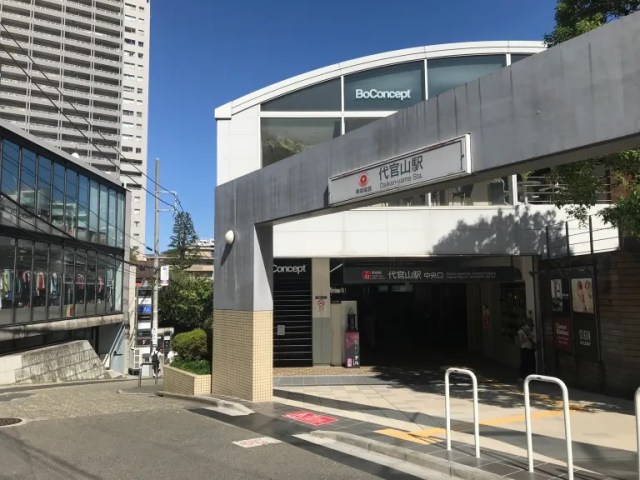
A visit to Shibuya’s low-key, high-class neighbor.
Tokyo’s Shibuya district is world-famous for its gigantic shopping centers and countless bars, and the nearby Nakameguro area’s riverside restaurants and cafes, including the Starbucks Reserve Roastery, have become increasingly popular in recent years. Tucked between them, though, is a neighborhood called Daikanyama.
Though it’s just one station away from Shibuya, Daikanyama has a laid-back, almost suburban feel to it. The buildings and crowds aren’t as big, and the fashions and restaurants not as loud. But starting in the mid-‘90s, Daikanyama developed a reputation as a sophisticatedly fashionable part of Tokyo thanks to its specialty boutiques and classy cafes.
Recently, though, our Japanese-language reporter Mariko Ohanabatake had begun hearing stories online about how Daikanyama has become a ghost town, specifically that it had fallen victim to haikyo-ization (haikyo being a Japanese term for urban ruins). Curious to see if this was true, she hopped on the train for Daikanyama Station to survey the area on foot.
Right as she stepped out of the ticket gates, she saw that the station building’s branch of Cosme Kitchen is still in business. Cosme Kitchen is a popular cosmetics retailer, and seeing that they have a shop in Daikanyama Station, where only the local trains stop, gave her hope that the neighborhood hadn’t entirely turned into a ghost town, since chains like this usually won’t bother running an in-station store unless there’s a pretty good amount of foot traffic in the area.
However, the cafe at the corner of the station building has closed down…
…and in one of the buildings across the street, all of the tenants are gone.
However, Mariko noticed that even the ATM in the empty building is shut down, so she thinks the owners might be planning to knock the structure down and build something newer, and that the building is vacant as a result of the tenants’ leases coming to an end, not that they went out of business from a lack of customers.
Mariko next headed over to Kyu-Yamate-dori and Yahata-dori, the two major boulevards in the neighborhood, both famous for their fashion and housewares shops…
…and saw that these are still there, as well are some stylish cafes…
…and the Chez Lui pastry shop, which has been famous for its canelés for years.
▼ Also still in business: traditional tenugui hand towel merchant Kamawanu.
This part of Daikanyama didn’t feel like a ghost town at all, and neither did Daikanyama T-Site.
This is a sunny, open-air plaza that spreads out from the Tsutaya chain’s flagship bookstore, with a handful of restaurants and event spaces too. Though it was still within working hours on a Friday afternoon, Mariko saw plenty of people relaxing and sipping a mid-day coffee here.
Also not hurting for customers? The Cafe Michelangelo, an upscale Italian restaurant famous for its sidewalk seats that’s been in business for more than 20 years.
Speaking of the sidewalk, Mariko was sharing it with several locals walking their dogs as freshly washed luxury cars drove past.
Daikanyama Address, a shopping plaza at the base of a condominium tower with a branch of slightly upmarket grocery store Peacock on the ground floor, has a few empty spaces, but not enough for anything close to haikyo status.
It’s even got a branch of 100 yen store Seria…
…and the attached park is being kept up nicely.
However, there is one part of Daikanyama that did feel empty to Mariko.
If you follow the road down the slope from Daikanyama Station’s main entrance, it leads into a street that goes to the backside of Shibuya Station, and along the way Mariko noticed a number of empty shops, some with their shutters permanently pulled down.
However, this part of the neighborhood has been in decline for some time. As mentioned above, this road leads into Shibuya Station from the southeast, which has long been the least-developed part of the Shibuya neighborhood. Most of Shibuya’s attractions spread out to the northwest, and the handful of new entertainment centers to the southeast are mostly attached to the station building. As a result, not many people make the walk along this street from Daikanyama to Shibuya, since it’s easier to just keep going one more stop on the train and get off at Shibuya Station.
This creates a self-perpetuating cycle: Because this route doesn’t get a lot of foot traffic, it’s hard for businesses to succeed, and because the businesses don’t succeed, there’s less reason for people to walk down this road.
But the other parts of Daikanyama? They seem to be doing just fine.
So no, Daikanyama isn’t as busy and bustling as Shibuya, but that was never the case to begin with. The reports of the neighborhood’s death that Mariko had heard were greatly exaggerated, so if you’re looking for a taste of the elegant, fashionable local life, Daikanyama can still provide it.
Photos © SoraNews24
● Want to hear about SoraNews24’s latest articles as soon as they’re published? Follow us on Facebook and Twitter!
[ Read in Japanese ]

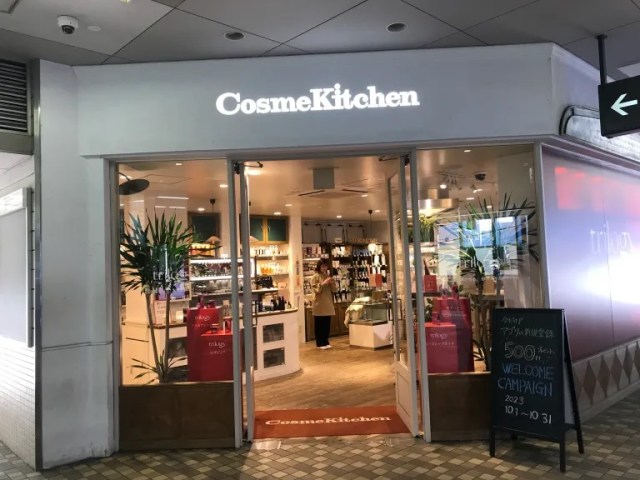
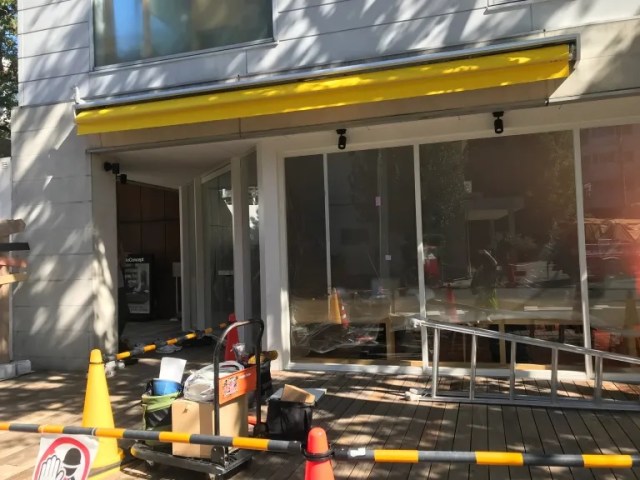
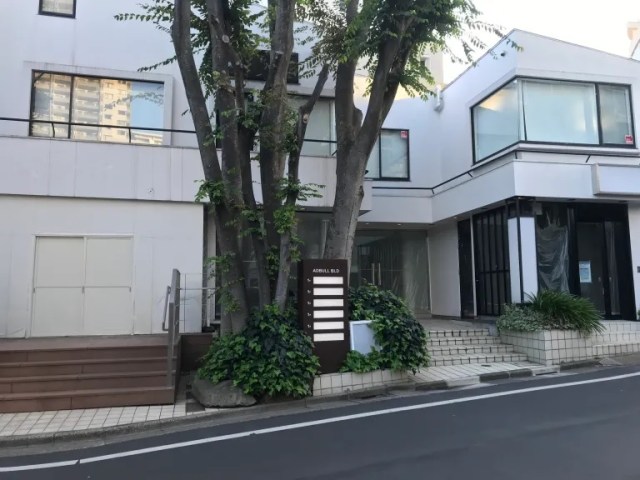

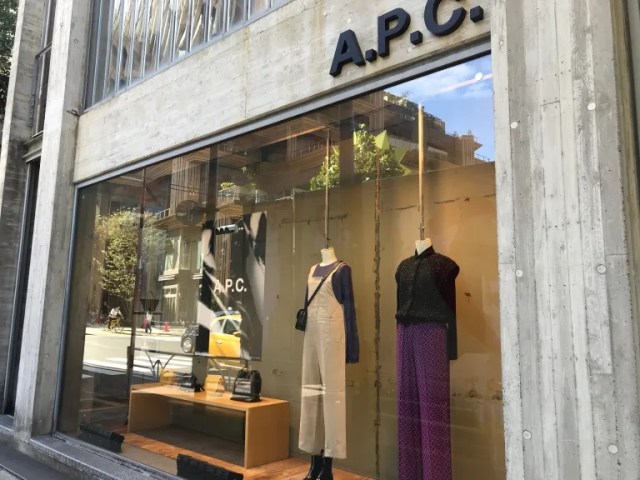
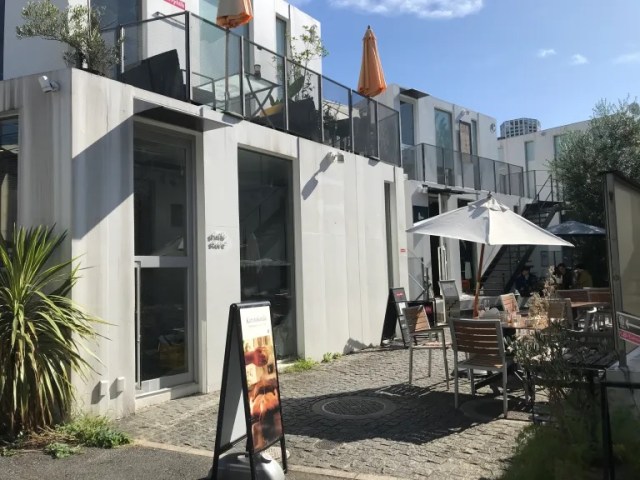
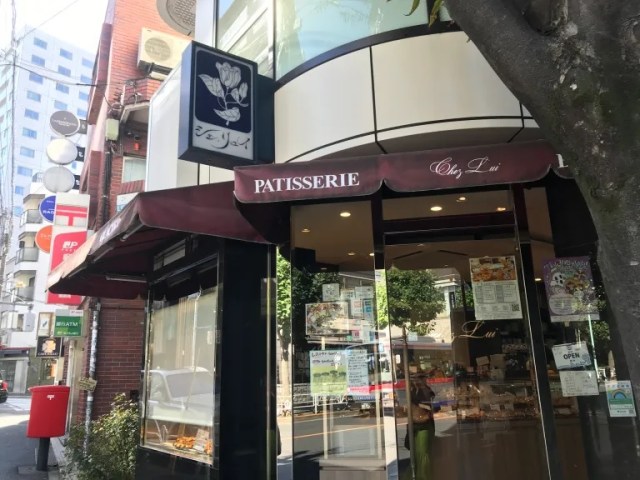

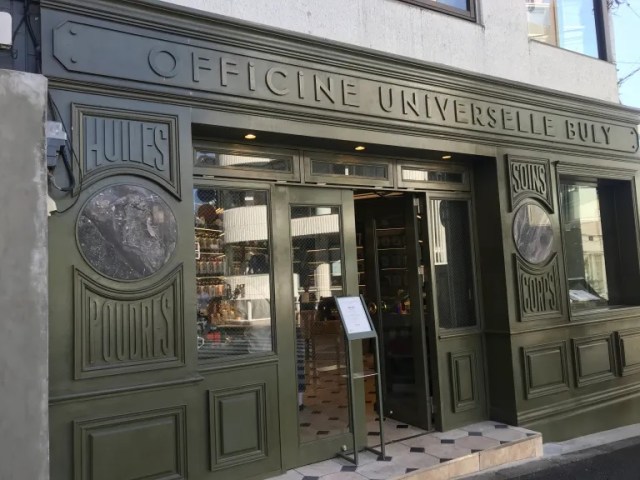
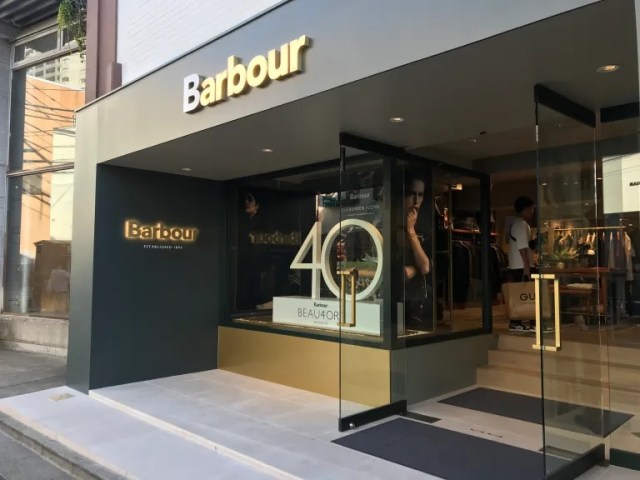
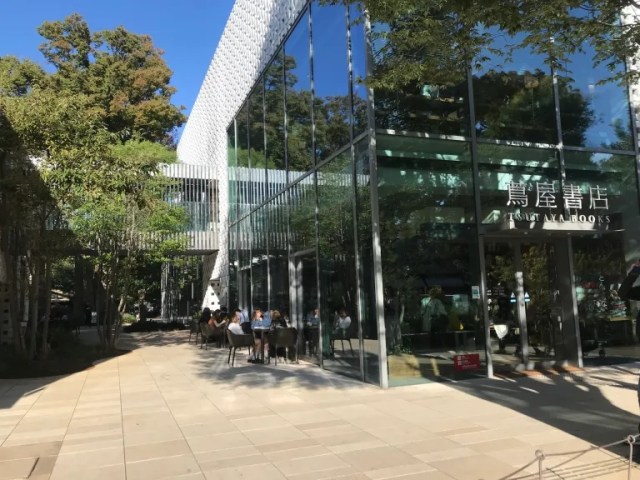
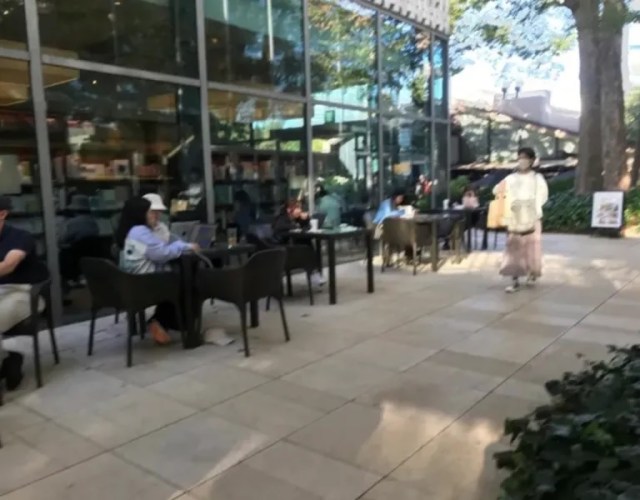
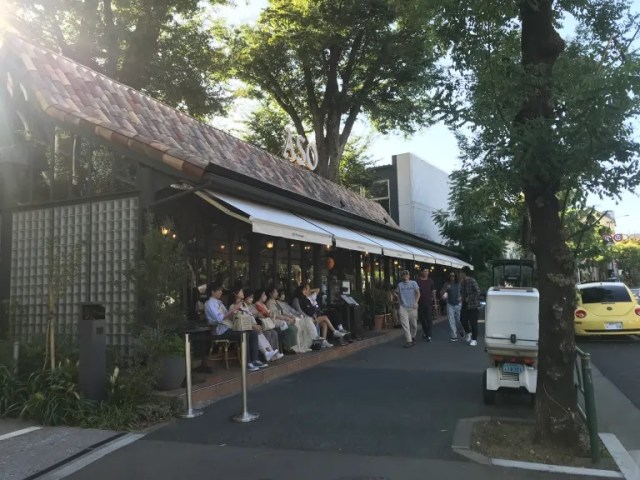



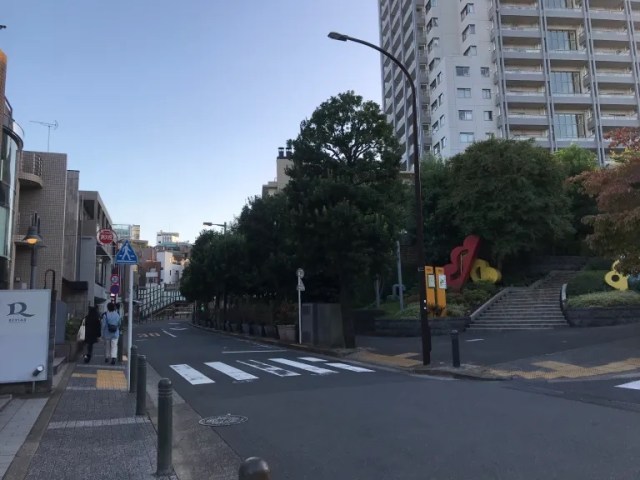
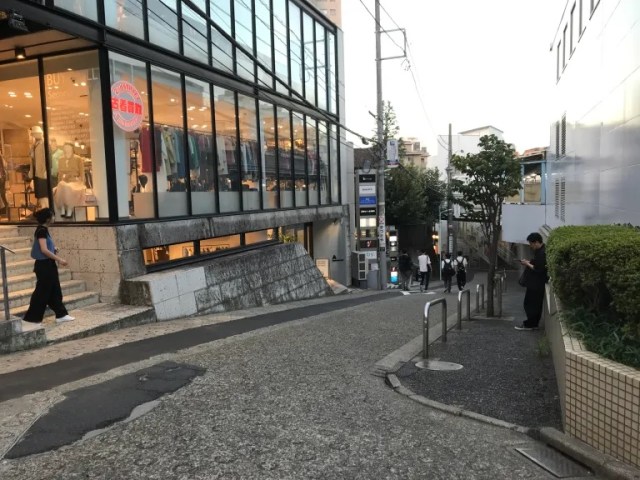
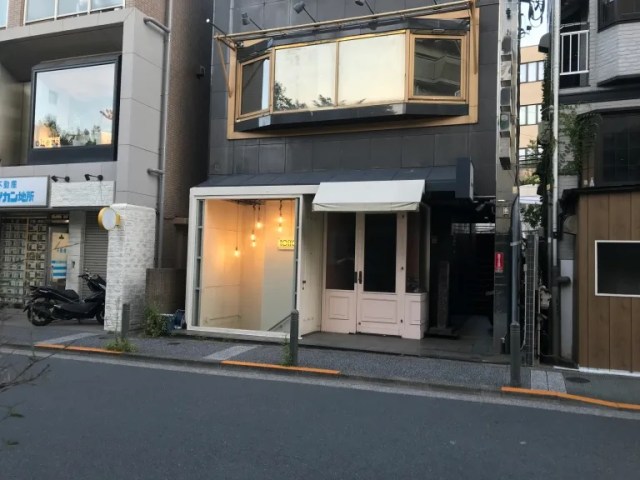
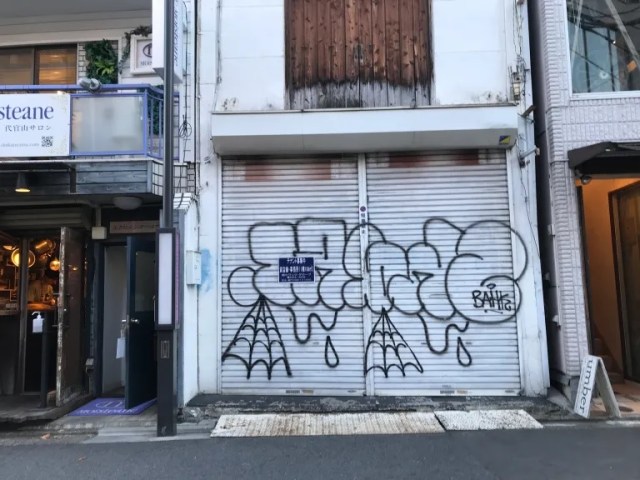
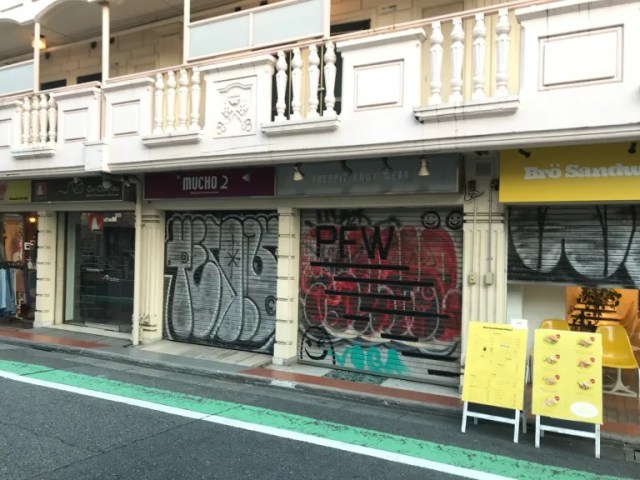
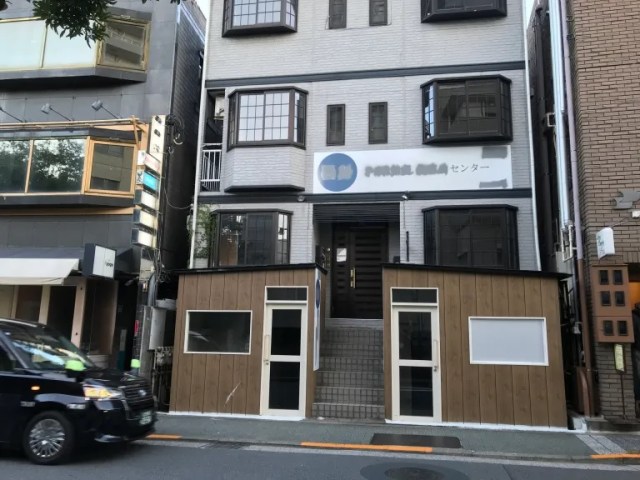
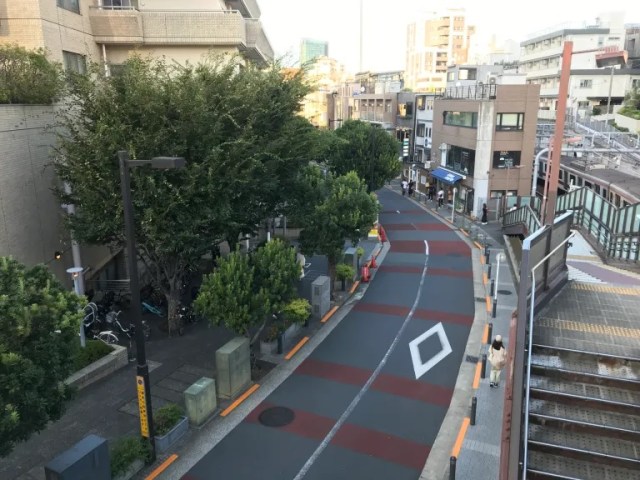
 Come buy the SoraNews24 lucky bag and help support a good cause at Subculture Festival
Come buy the SoraNews24 lucky bag and help support a good cause at Subculture Festival End-of-the-line exploring in Japan: Visiting Hashimoto Station
End-of-the-line exploring in Japan: Visiting Hashimoto Station New Silent Theater in Tokyo lets you lounge on couches with headphones while watching movies
New Silent Theater in Tokyo lets you lounge on couches with headphones while watching movies We ask for an “omakase” selection from Starbucks’ Tokyo bakery Princi, with surprising results
We ask for an “omakase” selection from Starbucks’ Tokyo bakery Princi, with surprising results Baked Kit Kats now showing up in cakes, parfaits, and crepes across Japan
Baked Kit Kats now showing up in cakes, parfaits, and crepes across Japan Foreigner’s request for help in Tokyo makes us sad for the state of society
Foreigner’s request for help in Tokyo makes us sad for the state of society Japanese city loses residents’ personal data, which was on paper being transported on a windy day
Japanese city loses residents’ personal data, which was on paper being transported on a windy day Should you add tartar sauce to Japanese curry rice? CoCo Ichi makes diners an unusual offer
Should you add tartar sauce to Japanese curry rice? CoCo Ichi makes diners an unusual offer Seaside scenery, history, and so many desserts on Yokohama’s Akai Kutsu【Japan Loop Buses】
Seaside scenery, history, and so many desserts on Yokohama’s Akai Kutsu【Japan Loop Buses】 Akihabara pop-up shop sells goods made by Japanese prison inmates
Akihabara pop-up shop sells goods made by Japanese prison inmates Ghibli Park now selling “Grilled Frogs” from food cart in Valley of Witches
Ghibli Park now selling “Grilled Frogs” from food cart in Valley of Witches Mt. Koya planning to instate visitor’s tax to cope with huge tourist numbers
Mt. Koya planning to instate visitor’s tax to cope with huge tourist numbers Historical figures get manga makeovers from artists of Spy x Family, My Hero Academia and more
Historical figures get manga makeovers from artists of Spy x Family, My Hero Academia and more Anime girl English teacher Ellen-sensei becomes VTuber/VVTUber and NFT
Anime girl English teacher Ellen-sensei becomes VTuber/VVTUber and NFT Beautiful Ghibli sealing wax kits let you create accessories and elegant letter decorations【Pics】
Beautiful Ghibli sealing wax kits let you create accessories and elegant letter decorations【Pics】 McDonald’s new Happy Meals offer up cute and practical Sanrio lifestyle goods
McDonald’s new Happy Meals offer up cute and practical Sanrio lifestyle goods Japanese ramen restaurants under pressure from new yen banknotes
Japanese ramen restaurants under pressure from new yen banknotes French Fries Bread in Tokyo’s Shibuya becomes a hit on social media
French Fries Bread in Tokyo’s Shibuya becomes a hit on social media Studio Ghibli releases new action figures featuring Nausicaä of the Valley of the Wind characters
Studio Ghibli releases new action figures featuring Nausicaä of the Valley of the Wind characters New private rooms on Tokaido Shinkansen change the way we travel from Tokyo to Kyoto
New private rooms on Tokaido Shinkansen change the way we travel from Tokyo to Kyoto Red light district sushi restaurant in Tokyo shows us just how wrong we were about it
Red light district sushi restaurant in Tokyo shows us just how wrong we were about it Tokyo Tsukiji fish market site to be redeveloped with 50,000-seat stadium, hotel, shopping center
Tokyo Tsukiji fish market site to be redeveloped with 50,000-seat stadium, hotel, shopping center All-you-can-drink Starbucks and amazing views part of Tokyo’s new 170 meter-high sky lounge
All-you-can-drink Starbucks and amazing views part of Tokyo’s new 170 meter-high sky lounge Studio Ghibli releases Kiki’s Delivery Service chocolate cake pouches in Japan
Studio Ghibli releases Kiki’s Delivery Service chocolate cake pouches in Japan New definition of “Japanese whiskey” goes into effect to prevent fakes from fooling overseas buyers
New definition of “Japanese whiskey” goes into effect to prevent fakes from fooling overseas buyers Our Japanese reporter visits Costco in the U.S., finds super American and very Japanese things
Our Japanese reporter visits Costco in the U.S., finds super American and very Japanese things Studio Ghibli unveils Mother’s Day gift set that captures the love in My Neighbour Totoro
Studio Ghibli unveils Mother’s Day gift set that captures the love in My Neighbour Totoro More foreign tourists than ever before in history visited Japan last month
More foreign tourists than ever before in history visited Japan last month New Pokémon cakes let you eat your way through Pikachu and all the Eevee evolutions
New Pokémon cakes let you eat your way through Pikachu and all the Eevee evolutions Sales of Japan’s most convenient train ticket/shopping payment cards suspended indefinitely
Sales of Japan’s most convenient train ticket/shopping payment cards suspended indefinitely Sold-out Studio Ghibli desktop humidifiers are back so Totoro can help you through the dry season
Sold-out Studio Ghibli desktop humidifiers are back so Totoro can help you through the dry season Japanese government to make first change to romanization spelling rules since the 1950s
Japanese government to make first change to romanization spelling rules since the 1950s Ghibli founders Toshio Suzuki and Hayao Miyazaki contribute to Japanese whisky Totoro label design
Ghibli founders Toshio Suzuki and Hayao Miyazaki contribute to Japanese whisky Totoro label design Doraemon found buried at sea as scene from 1993 anime becomes real life【Photos】
Doraemon found buried at sea as scene from 1993 anime becomes real life【Photos】 Tokyo’s most famous Starbucks is closed
Tokyo’s most famous Starbucks is closed One Piece characters’ nationalities revealed, but fans have mixed opinions
One Piece characters’ nationalities revealed, but fans have mixed opinions We asked a Uniqlo employee what four things we should buy and their suggestions didn’t disappoint
We asked a Uniqlo employee what four things we should buy and their suggestions didn’t disappoint Princesses, fruits, and blacksmiths: Study reveals the 30 most unusual family names in Japan
Princesses, fruits, and blacksmiths: Study reveals the 30 most unusual family names in Japan Tokyo popup shop sells Japanese indigenous Ainu-inspired tableware for limited time
Tokyo popup shop sells Japanese indigenous Ainu-inspired tableware for limited time A visit to T-CAT, Tokyo’s often forgotten City Air Terminal【Photos】
A visit to T-CAT, Tokyo’s often forgotten City Air Terminal【Photos】 Real-world Delicious in Dungeon manga/anime food waiting for those who brave Tokyo’s Shibuya dungeon
Real-world Delicious in Dungeon manga/anime food waiting for those who brave Tokyo’s Shibuya dungeon Take it from a local: This resort island off the coast of Nagasaki is totally worth a side trip
Take it from a local: This resort island off the coast of Nagasaki is totally worth a side trip Cruising around Gunkanjima, Japan’s otherworldly “Battleship Island”【Photos】
Cruising around Gunkanjima, Japan’s otherworldly “Battleship Island”【Photos】 On-warabimochi: A delicious Japanese dessert you should only eat with people who already love you
On-warabimochi: A delicious Japanese dessert you should only eat with people who already love you What’s it like traversing Tokyo using only wheelchair accessible routes?
What’s it like traversing Tokyo using only wheelchair accessible routes? Brand new Shibuya mall and hotel to open in September, promises riverside strolls and tasty food
Brand new Shibuya mall and hotel to open in September, promises riverside strolls and tasty food Soup curry and onigiri for breakfast at a super tasty semi-secret spot in Tokyo’s Shinjuku
Soup curry and onigiri for breakfast at a super tasty semi-secret spot in Tokyo’s Shinjuku Shop in Tokyo’s Chinatown has TWENTY kinds of delicious homemade steamed buns
Shop in Tokyo’s Chinatown has TWENTY kinds of delicious homemade steamed buns McDonald’s at Shibuya Center-gai becomes a hotspot for foreign tourists…but not for the food
McDonald’s at Shibuya Center-gai becomes a hotspot for foreign tourists…but not for the food 10 of our absolute favorite places to spend a day in Tokyo
10 of our absolute favorite places to spend a day in Tokyo What’s the best part of Tokyo to live in, and why? Survey gives the top six picks
What’s the best part of Tokyo to live in, and why? Survey gives the top six picks A feast for all sushi lovers — the amazing 1,000-yen lunch at Sushi Takehan Wakatsuki!
A feast for all sushi lovers — the amazing 1,000-yen lunch at Sushi Takehan Wakatsuki! This downtown Tokyo video rental shop still has 6,000 VHS tapes, will rent you a VCR too【Photos】
This downtown Tokyo video rental shop still has 6,000 VHS tapes, will rent you a VCR too【Photos】
Leave a Reply